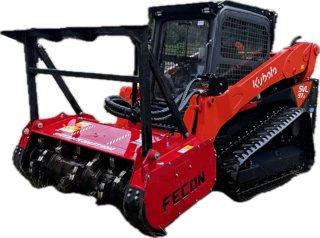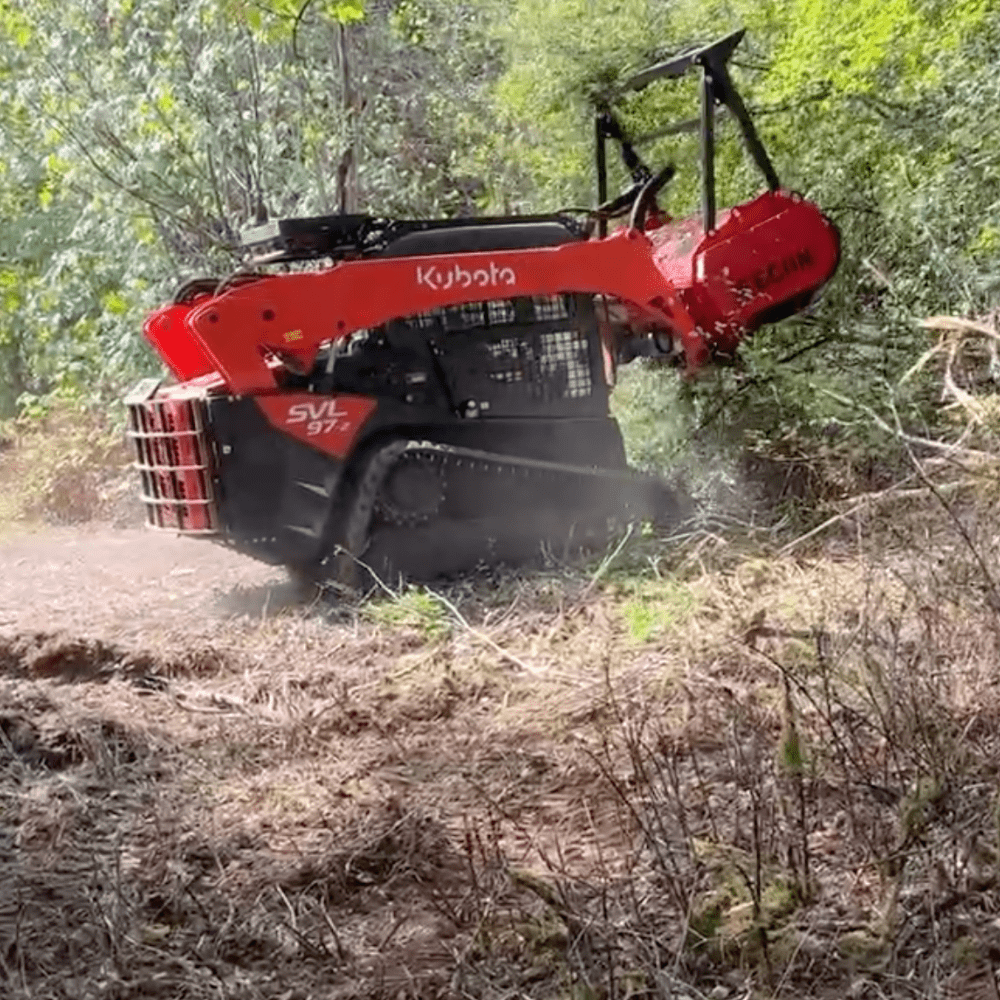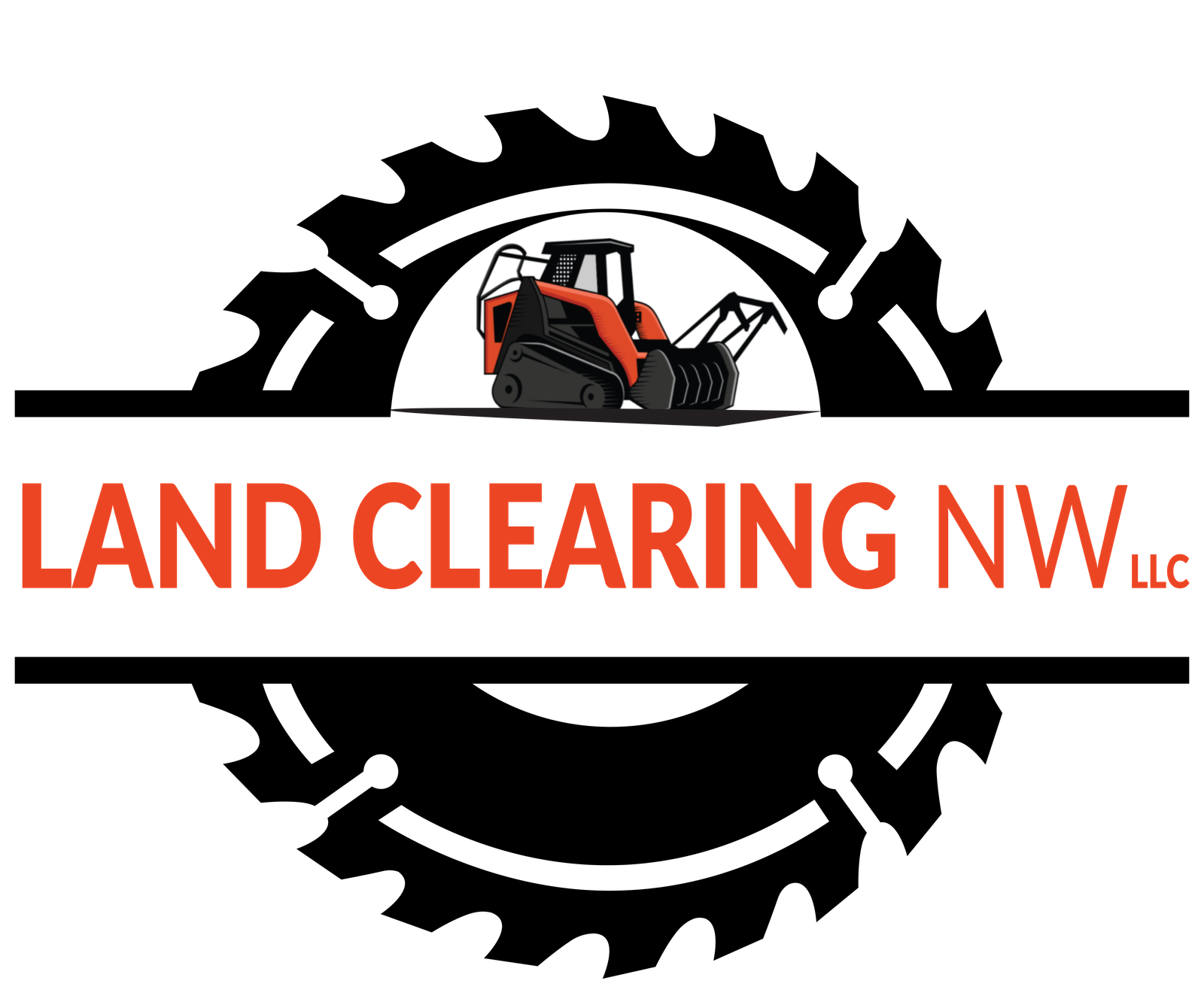Land Clearing NW Forestry Mulching and Brush Clearing Services In Clark County, Including Vancouver, Battle Ground, Hazel Dell, Salmon Creek, Orchards, Brush Prairie, Ridgefield, Camas, Washougal, Portland, or the surrounding regions, offer comprehensive solutions for land clearing, forestry mulching, brush clearing, blackberry removal, overgrown vegetation removal, pasture restoration, fence line clearing, and roads/trail clearing.
Understanding Land Clearing
Land clearing is essential for anyone looking to develop land, manage forests, or reclaim overgrown spaces. It’s the process of removing trees, shrubs, and other vegetation to prepare the land for various uses such as agriculture, construction, or simply to improve land aesthetics. In Clark County, including Vancouver, Battle Ground, and other regions, Land Clearing NW provides expert services to meet these needs.
Why Land Clearing Matters
Land clearing isn’t just about removing trees and brush. It’s about making land usable and sustainable. Whether you’re looking to build a new home, expand your agricultural operations, or restore a pasture, clearing the land is the first step. Here’s why it’s important:
- Agricultural Development: Clearing land increases available space for crops and livestock.
- Fire Prevention: Removing excess vegetation reduces the risk of wildfires.
- Improved Access: Creating trails and roads for easier access to different parts of the property.
- Aesthetic Improvement: Enhancing the visual appeal of your land.
- Pest Control: Eliminating habitats for pests and invasive species.
Types of Land Clearing Services
Land Clearing NW offers a range of services tailored to meet different needs:
Forestry Mulching
Forestry mulching is an efficient method where a single machine cuts, grinds, and clears vegetation. It converts trees and brush into mulch, which is spread across the land. This mulch acts as a natural barrier to erosion and helps to enrich the soil. Forestry mulching is ideal for clearing large areas quickly without causing significant soil disturbance.
Brush Clearing
Overgrown brush can make land difficult to use and unsightly. Brush clearing involves the removal of thick vegetation, shrubs, and small trees. This service is particularly useful for maintaining fence lines, trails, and access roads. Regular brush clearing prevents overgrowth and keeps the land manageable.
Blackberry Removal
Blackberries, while tasty, can become invasive and take over large areas. They are difficult to remove due to their hardy nature and extensive root systems. Blackberry removal services include cutting back the plants and treating the area to prevent regrowth.
Overgrown Vegetation Removal
Land that’s been left unmanaged can become overgrown with weeds, vines, and unwanted plants. Overgrown vegetation removal services clear these plants, making the land usable again. This process often involves cutting, mowing, and sometimes applying herbicides to prevent regrowth.
Pasture Restoration
Restoring a pasture involves clearing unwanted vegetation and preparing the land for grazing or crop production. This can include reseeding the area with grasses suitable for livestock or improving soil health.
Fence Line Clearing
Maintaining clear fence lines is crucial for property boundaries and livestock management. Fence line clearing removes any vegetation that can interfere with fences, ensuring they remain intact and functional.
Roads and Trail Clearing
Creating and maintaining roads and trails improves access to different parts of the property. This service includes clearing vegetation and sometimes grading the land to make it passable.
The Land Clearing Process
The process of land clearing involves several steps to ensure the land is cleared effectively and sustainably:
- Assessment: Experts from Land Clearing NW will assess the land to determine the best approach for clearing.
- Planning: A detailed plan is created, outlining the methods and equipment to be used.
- Clearing: The actual clearing process, using machinery like mulchers, bulldozers, and chainsaws.
- Cleanup: Removing debris and ensuring the land is ready for its intended use.
- Post-Clearing Management: Applying measures to prevent erosion and manage regrowth.
Benefits of Professional Land Clearing
Hiring professionals for land clearing, like those at Land Clearing NW, offers several advantages:
- Efficiency: Professionals have the right equipment and expertise to clear land quickly and effectively.
- Safety: Land clearing can be dangerous. Professionals follow safety protocols to prevent accidents.
- Environmental Responsibility: Professional services ensure that land is cleared sustainably, minimizing environmental impact.
- Cost-Effectiveness: While it might seem cheaper to clear land yourself, hiring professionals can save money in the long run by avoiding mistakes and ensuring the job is done right the first time.
Conclusion
Land clearing is a vital service for land development and management. Whether you need to clear land for agriculture, construction, or simply to improve the appearance of your property, professional services like those offered by Land Clearing NW in Clark County are essential. From forestry mulching to brush clearing and pasture restoration, these experts provide comprehensive solutions to meet your needs. By choosing professional land clearing, you ensure the job is done efficiently, safely, and sustainably. Land Clearing NW is your go-to source for all your land clearing needs, offering top-notch services across Vancouver, Battle Ground, Hazel Dell, and beyond. For effective and environmentally responsible land clearing, trust the professionals at Land Clearing NW.
For more information, visit Land Clearing NW.
Land clearing, done right, can transform your property and pave the way for new opportunities. Get started with Land Clearing NW today.



